NASA’s Chevron Technology: A Game-Changer for Quieter, Greener Skies
🚀 Introduction: A New Era of Quiet Aviation
Air travel has revolutionized global connectivity, but with it comes noise pollution and fuel inefficiency. Have you ever noticed the loud roar of jet engines at an airport? That’s a problem NASA has been working to solve with its Chevron Technology—a breakthrough in aviation that significantly reduces engine noise while enhancing fuel efficiency.
But how does Chevron Technology work? Why is it so important for the future of air travel? And how is NASA’s innovation shaping the aviation industry? Let’s dive in!
🌍 What is NASA’s Chevron Technology?
Chevron technology is an aerodynamic innovation applied to jet engines to reduce noise levels. These are serrated, sawtooth-like edges added to the rear of jet engine nozzles, specifically designed to:
✅ Reduce turbulence & noise pollution caused by jet exhaust.
✅ Improve aerodynamic efficiency for better fuel savings.
✅ Lower carbon emissions by optimizing airflow.
This simple but effective innovation helps airlines and aircraft manufacturers achieve quieter, more fuel-efficient flights.
🔬 The Science Behind Chevron Nozzles
Traditional jet engines produce significant noise due to the turbulence generated by high-speed exhaust gases mixing with surrounding air. This noise is particularly disruptive during takeoff and landing.
How Chevron Nozzles Work:
🔹 The sawtooth edges (chevrons) break up high-speed airflows, reducing turbulence and noise.
🔹 They smoothen the transition between jet exhaust and ambient air, reducing the impact of sound waves.
🔹 This leads to a quieter, more fuel-efficient flight experience.
NASA’s tests show that Chevron nozzles can reduce aircraft noise by up to 50% without negatively impacting engine power.
✈️ The Evolution of Chevron Technology: NASA’s Research & Development
NASA, in collaboration with Boeing and General Electric (GE Aviation), developed Chevron technology as part of its Aeronautics Research Mission Directorate (ARMD).
🔍 Key Milestones in NASA’s Research:
🛫 Early 2000s: NASA begins research on noise-reducing aerodynamics.
🔬 2005: Wind tunnel tests confirm Chevron nozzles reduce noise without sacrificing efficiency.
🛩 2007: Boeing 787 Dreamliner becomes the first commercial aircraft to use Chevron technology.
🌍 2020s & Beyond: Continued research into next-gen sustainable aviation solutions.
NASA’s research has influenced modern aircraft design, making commercial aviation greener and quieter.
🌱 Why Chevron Technology Matters for Sustainable Aviation
Air travel is a major contributor to carbon emissions and noise pollution, affecting both the environment and airport communities. Chevron technology helps tackle these challenges by:
✔ Reducing aircraft noise for urban communities near airports.
✔ Lowering fuel consumption, making air travel more economical.
✔ Supporting aviation’s goal of net-zero carbon emissions by 2050.
By integrating Chevron nozzles into modern aircraft, the aviation industry moves closer to achieving sustainable flight.
🛫 Who is Using Chevron Technology? Real-World Applications
Leading aerospace companies have adopted Chevron technology, including:
1️⃣ Boeing 787 Dreamliner
✅ Uses Chevron nozzles on its engines for quieter, more fuel-efficient flights.
2️⃣ GE Aviation & Rolls-Royce
✅ Developing next-generation jet engines featuring Chevron designs.
3️⃣ Commercial Airlines
✅ Many airlines are investing in quieter, eco-friendly aircraft to improve passenger experience.
This widespread adoption shows that NASA’s Chevron technology is here to stay.
🔍 Comparing Chevron Technology to Other Noise-Reduction Methods
Aviation experts have explored various noise-reduction techniques:
🔹 Acoustic Linings: Absorb sound within jet engines, but are costly.
🔹 Wing & Flap Modifications: Reduce aerodynamic noise but do not address engine sounds.
🔹 Electric Aircraft: A long-term solution but not widely available yet.
Chevron nozzles stand out as an affordable, effective, and immediate solution to noise pollution.
🛸 The Future of Chevron Technology: Beyond Commercial Aviation
While Chevron nozzles have transformed commercial aviation, their potential extends beyond passenger planes:
🌍 Military Aircraft: Reducing noise for stealth operations.
🚀 Spacecraft & Rocket Engines: Applying Chevron principles to control rocket exhaust.
🔬 Urban Air Mobility (Air Taxis): Making futuristic air taxis quieter and more efficient.
NASA’s work on Chevron technology is shaping the next era of flight.
🔍 FAQs: Understanding NASA’s Chevron Technology
1. What are Chevron nozzles, and how do they reduce noise?
Chevron nozzles are serrated edges at the back of jet engines that control airflow, reducing turbulence and lowering noise levels.
2. Do Chevron nozzles affect airplane performance?
No! In fact, they enhance aerodynamics, leading to better fuel efficiency and reduced emissions.
3. Are all modern airplanes using Chevron technology?
Many new aircraft like the Boeing 787 use it, but older models still rely on traditional engine designs.
4. How much noise reduction does Chevron technology offer?
Chevron nozzles can reduce aircraft noise by up to 50%, making air travel quieter and more sustainable.
5. What’s next for NASA in sustainable aviation?
NASA is exploring electric and hydrogen-powered aircraft for an even greener future!





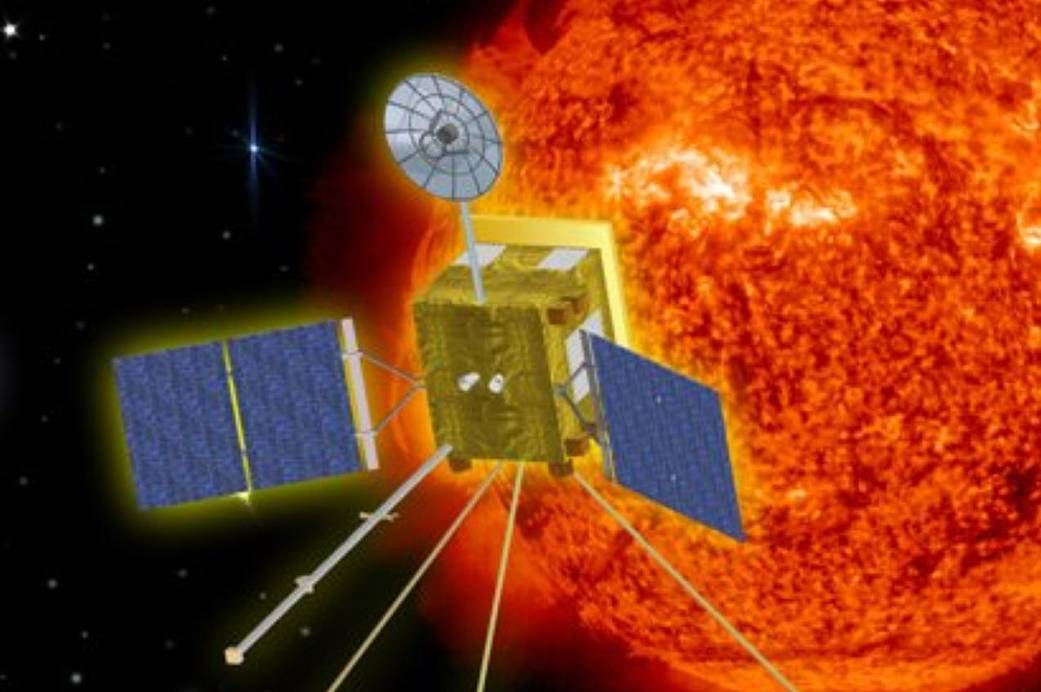
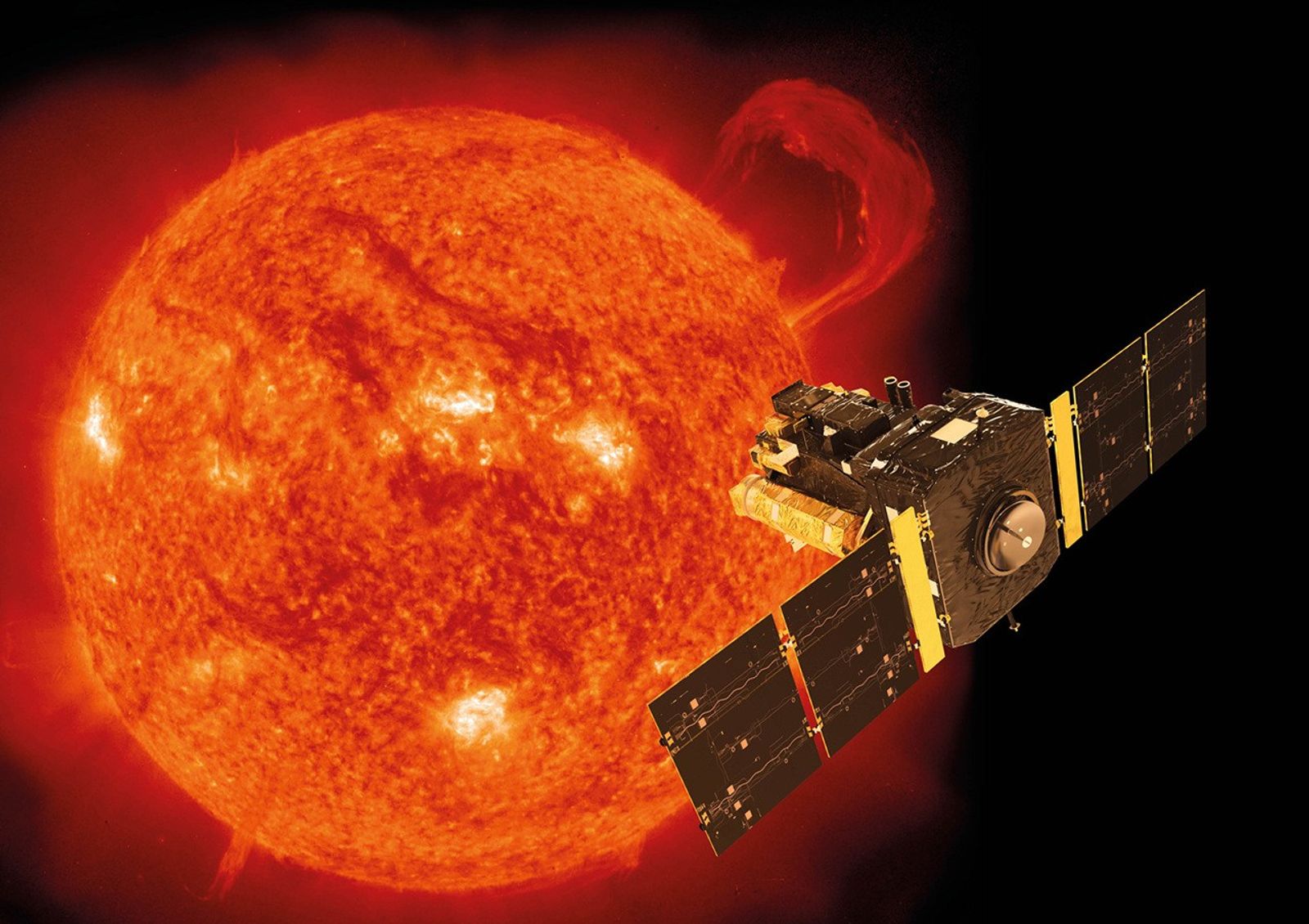

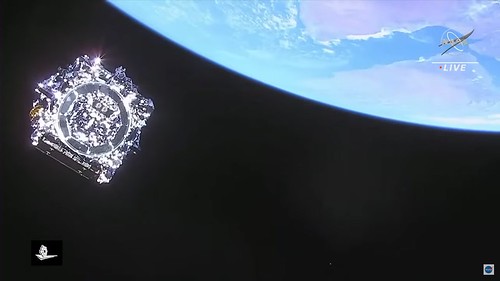

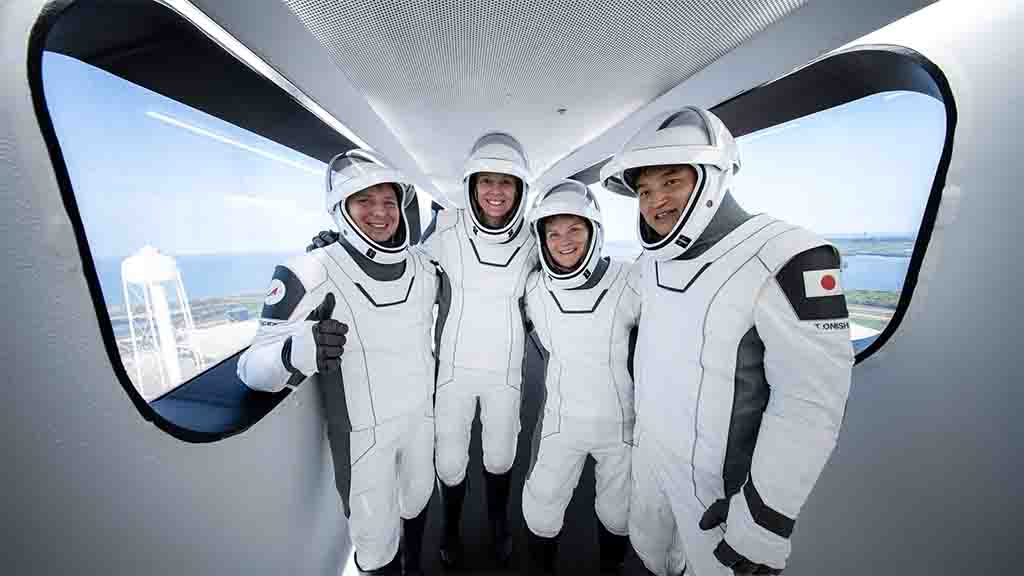

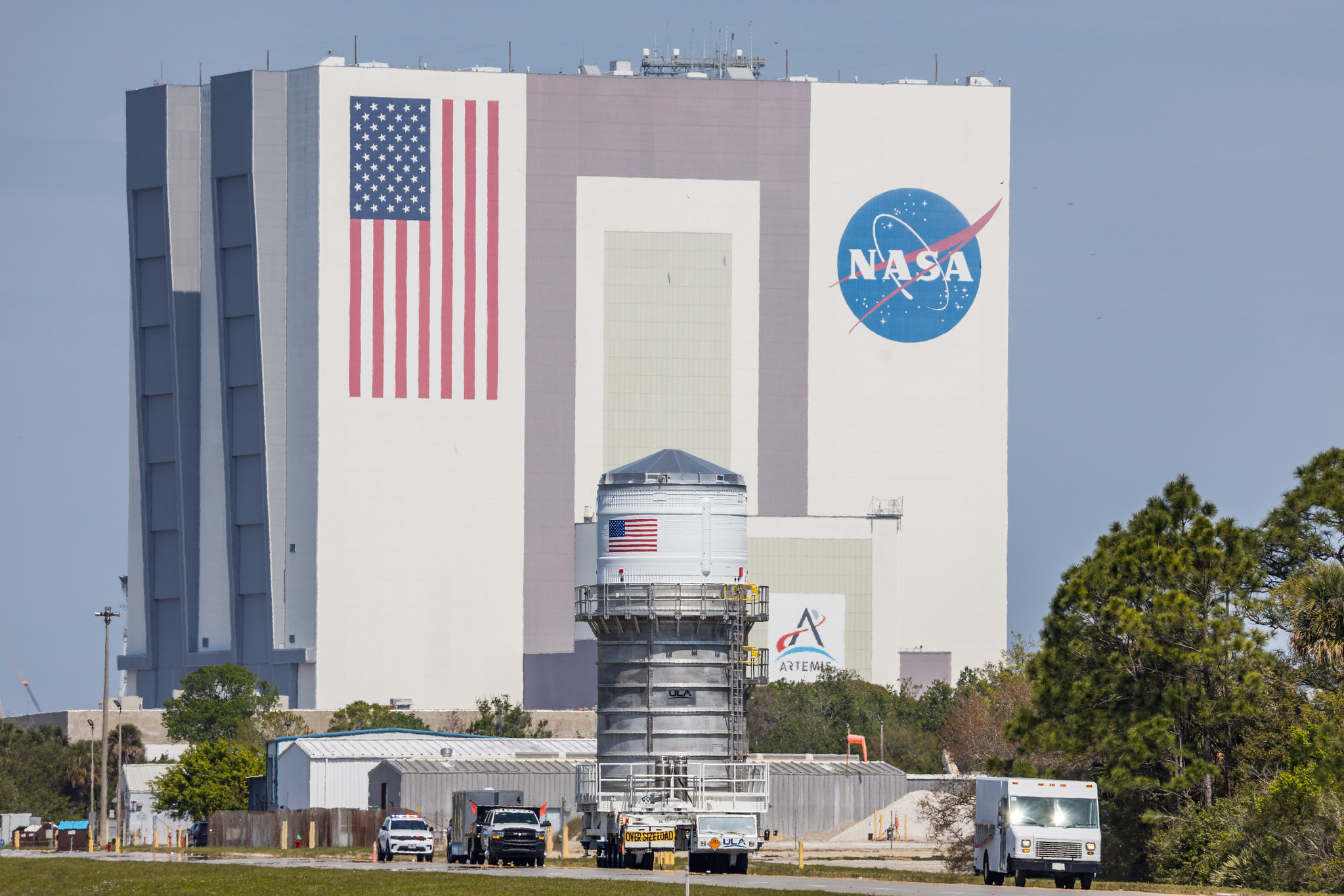
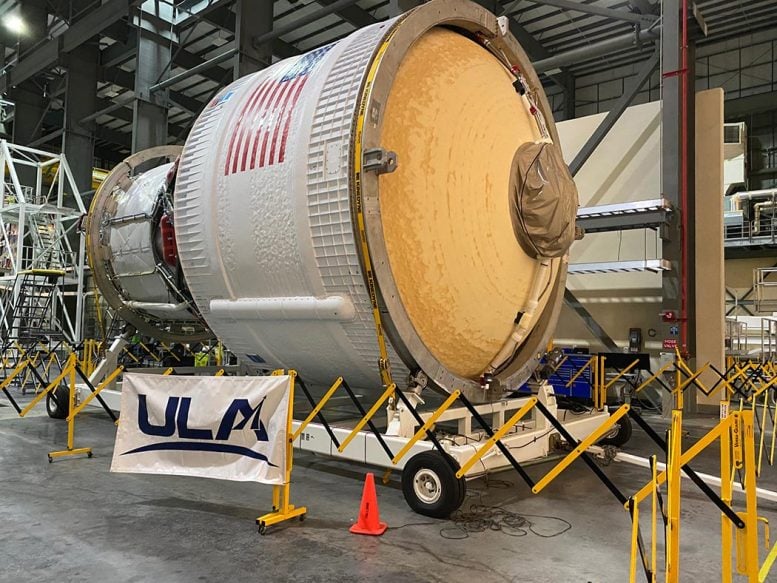


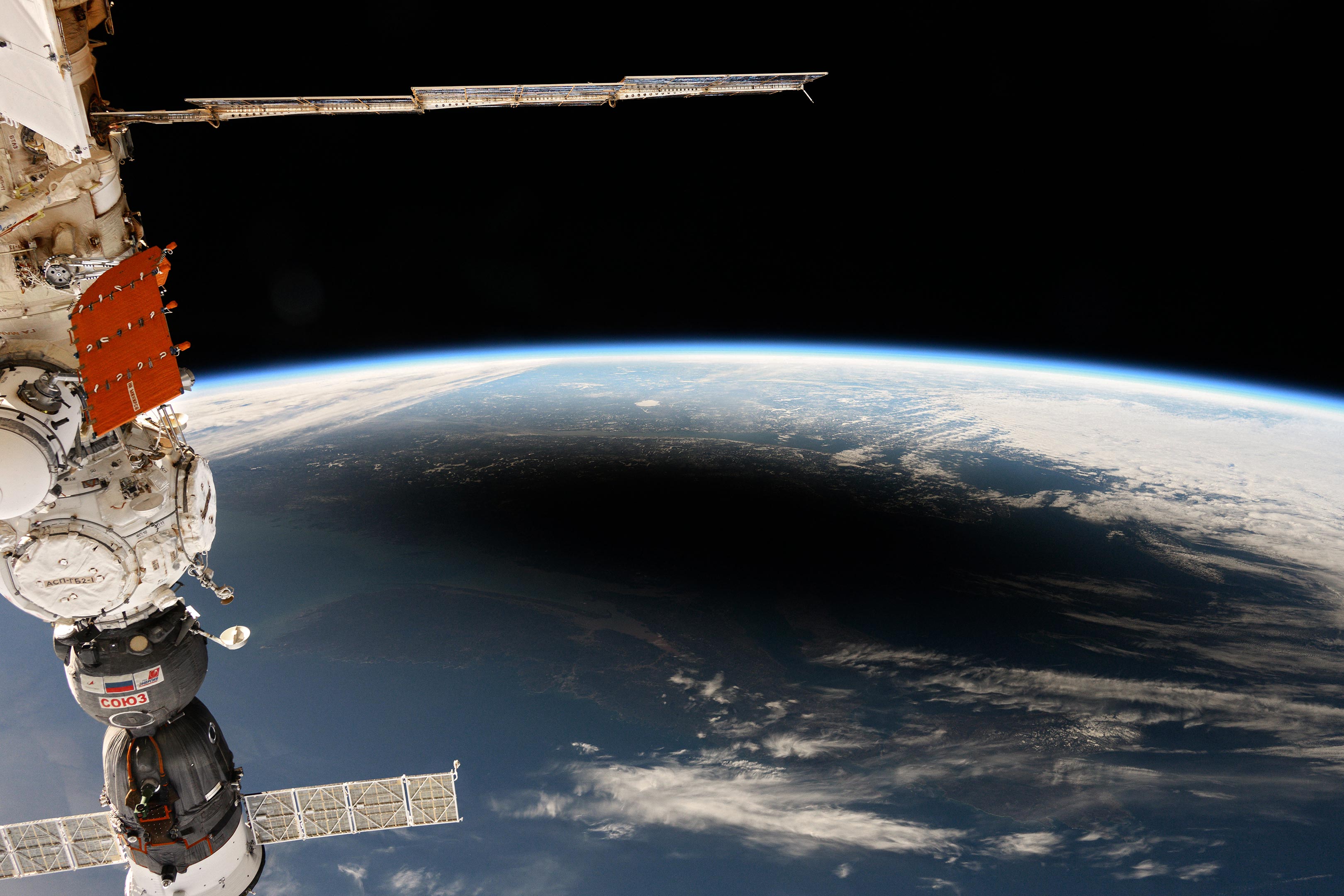


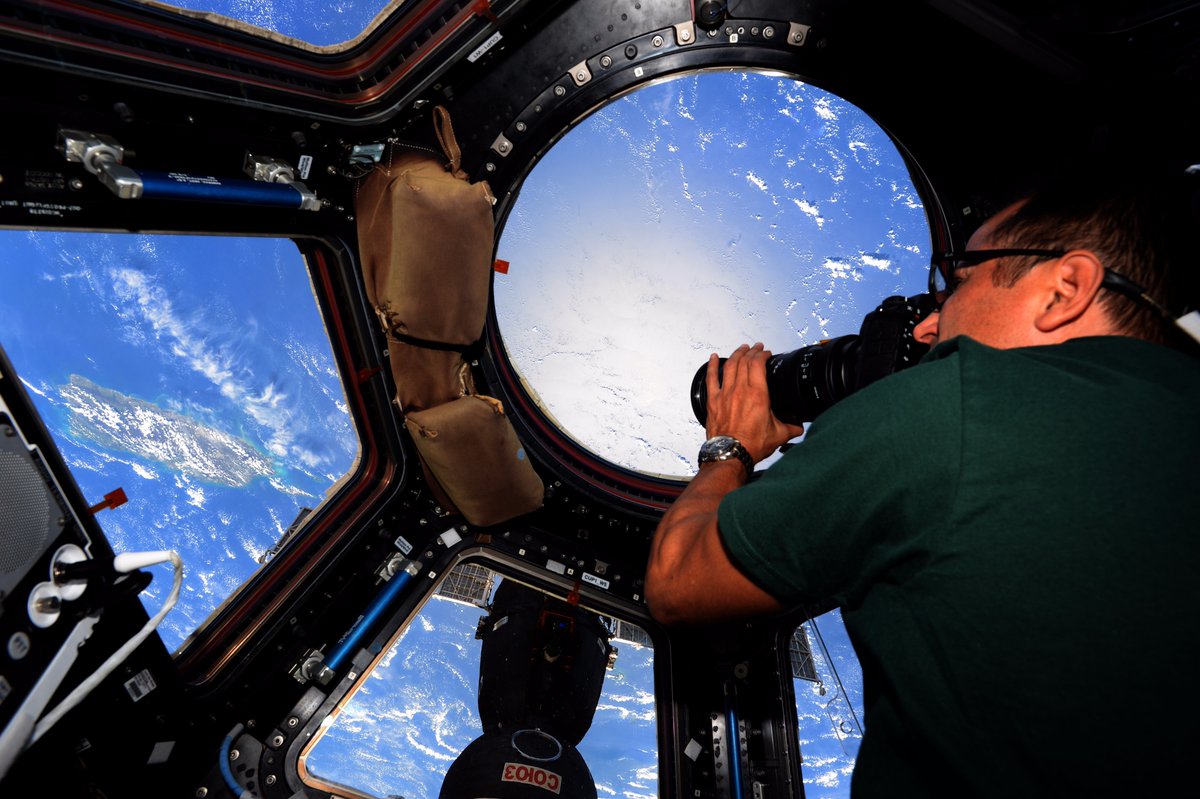



.jpeg)












